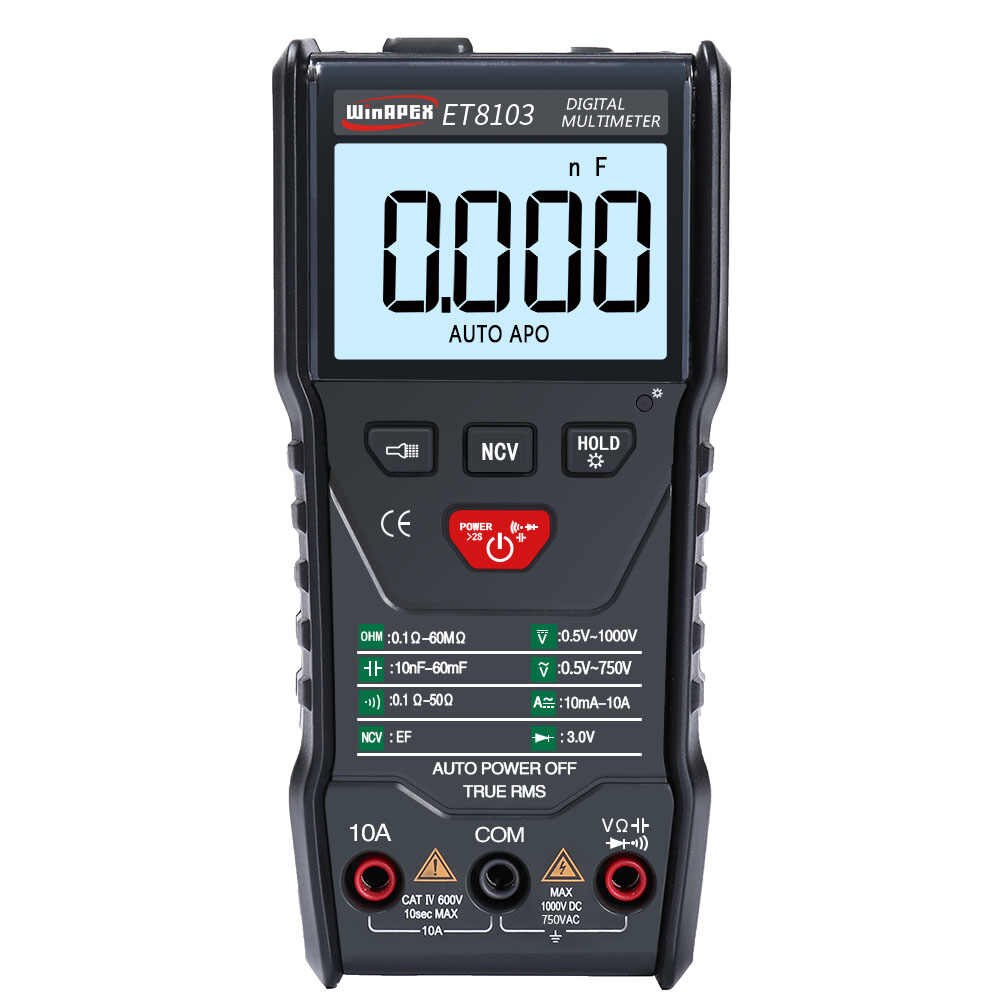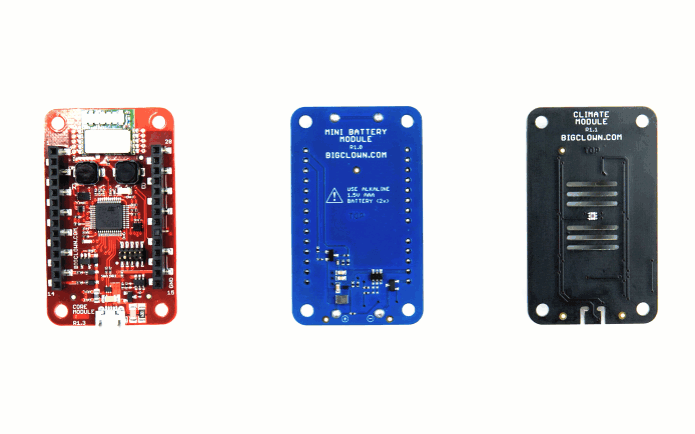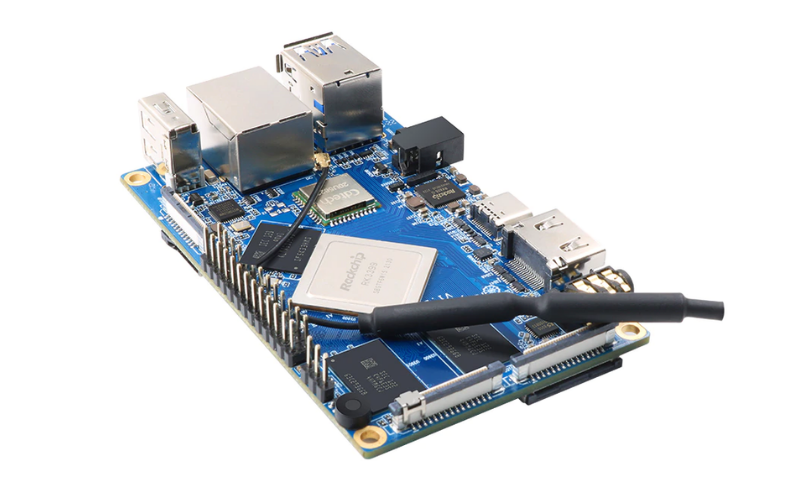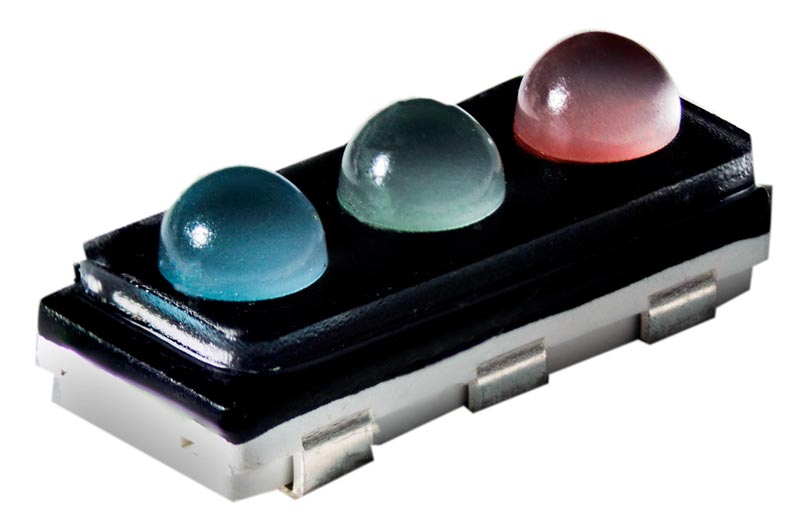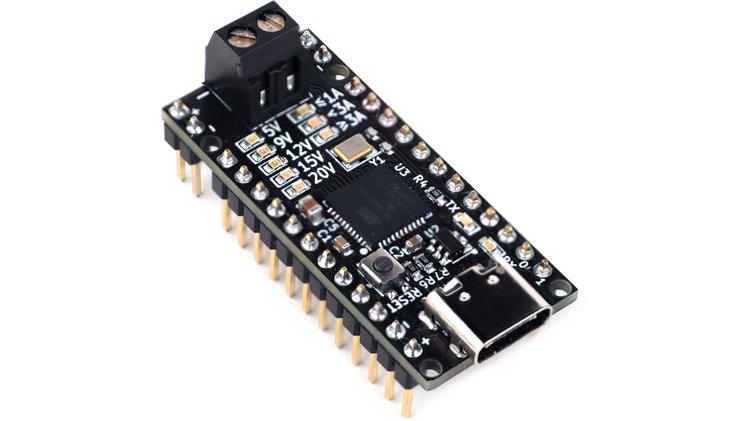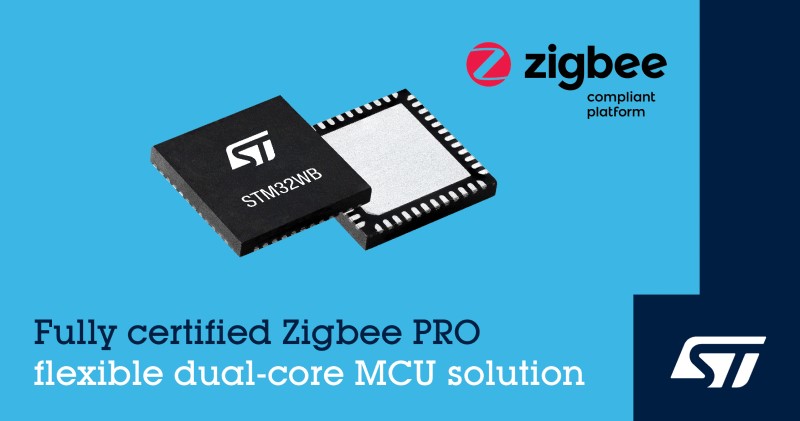
STM32WB55 microcontrollers also support Thread and Bluetooth 5.0 with Flash Memory up to 1Mb
STMicroelectronics STM32WB55 Wireless Microcontrollers now incorporate Zigbee® 3.0, based on Zigbee PRO protocol stack support, enabling STM32 developers to leverage the interoperability and power-saving features of Zigbee networking for projects such as home automation, smart-lighting, smart-building, and broader IoT connectivity.
Zigbee 3.0 unifies the features of Zigbee specifications for both consumer and industrial applications, a move that has driven major consumer and Internet brands to choose Zigbee connectivity for smart-home products. A long-term supporter of Zigbee technology, ST is a member of the Zigbee Alliance board of directors, a council member of the Zigbee Alliance Member Group China (ZMGC), and supportive of the Zigbee Alliance Connected Home over IP (CHIP) project.
ST’s Zigbee 3.0 software for STM32WB55 includes the highly regarded Exegin Zigbee PRO protocol stack, provided free of charge, and delivered and fully supported by ST. This stack is used in Exegin products certified as Zigbee Golden Units and is approved as a reference stack for use by test laboratories. To further assist development, ST’s offer supports 46 Zigbee 3.0 clusters that help users quickly establish device capabilities. A further 21 clusters support legacy products.
Leslie Mulder, Exegin’s President said;
“This is a milestone for the Zigbee Alliance, with the advent of ST’s Zigbee 3.0 offering, Zigbee is reaching a new level of maturity, one that has the potential to cement its and ST’s leadership roles in the IoT market.”
STM32WB55 microcontrollers also support Thread and Bluetooth 5.0, with over-the-air update (OTA) capability. There are currently 10 STM32WB55 variants, offering a choice of package styles and Flash density from 256Kbyte to 1Mbyte. Further variants scheduled to be introduced in the next quarter will give developers extra flexibility to meet application performance and cost targets. The devices feature the Arm® Cortex®-M4 with Floating Point Unit, DSP instructions, and a memory protection unit (MPU) that enhances application security. Arm® Cortex®-M0+ coprocessor dedicated to managing the integrated IEEE 805.15.4 radio and the MCU’s cyber-protection features ensures real-time low-layer operations run smoothly without compromising application execution. The RF transceiver has a link budget of 106dB, to ensure reliable connections over distance.
ST’s patented ultra-low-power microcontroller technologies and high feature integration, which include the radio balun circuitry, ensure STM32WB55 devices help designers meet tight power and size constraints in a wide range of IoT and wearable devices. There are rich analog and system peripherals, as well as cyber-protection and ID features including secure firmware installation (SFI), customer key storage, hardware public key authority (PKA), and cryptographic accelerators. Capacitive touch and LCD controllers also simplify user-interface integration.
The Zigbee 3.0 software is now included in the STM32CubeWB MCU Package, which provides embedded software including low-layer (LL) APIs and hardware-abstraction layer (HAL) drivers for STM32WB microcontrollers, as well as Bluetooth® 5.0, Mesh V1.0, and Thread® libraries, FreeRTOS™ kernel, FatFS file system, and the STMTouch™ capacitive-sensing library. The STM32Cube ecosystem, through STM32CubeMonitor-RF for RF testing and STM32CubeMX for device configuration and code generation, ensures more comfortable and easy development.
Features of the STM32WB55RG dual core Arm Cortex-M4, Cortex-M0+ Microcontroller include
- Core
- Arm® 32-bit Cortex®-M4 CPU with FPU, frequency up to 64 MHz, MPU, 80 DMIPS and DSP instructions
- Dedicated Arm® 32-bit Cortex® M0 + CPU for real-time Radio layer
- Radio
- 2.4 GHz
- RF transceiver supporting Bluetooth® 5 specification, IEEE 802.15.4-2011 PHY and MAC, supporting Thread and Zigbee® 3.0
- RX sensitivity: -96 dBm (Bluetooth® Low Energy at 1 Mbps), -100 dBm (802.15.4)
- Programmable output power up to +6 dBm with 1 dB steps
- Integrated balun to reduce BOM
- Support for 2 Mbps
- Accurate RSSI to enable power control
- Suitable for systems requiring compliance with radio frequency regulations ETSI EN 300 328, EN 300 440, FCC CFR47 Part 15 and ARIB STD-T66
- Support for external PA
- Available integrated passive device (IPD) companion chip for optimized matching solution (MLPF-WB55-01E3 or MLPF-WB55-02E3)
- Memories
- Up to 1 MB Flash memory with sector protection (PCROP) against R/W operations, enabling authentic Bluetooth® Low Energy and 802.15.4 SW stack
- Up to 256 KB SRAM, including 64 KB with hardware parity check
- 20×32-bit backup register
- Boot loader supporting USART, SPI, I²C and USB interfaces
- OTA (over the air) Bluetooth® Low Energy and 802.15.4 update
- Quad SPI memory interface with XIP
- Performance benchmark
- 1.25 DMIPS/MHz (Drystone 2.1)
- 219.48 CoreMark® (3.43 CoreMark/MHz at 64 MHz)
- Energy benchmark
- 303 ULPMark™ CP score
- Ultra-low-power platform
- 1.71 to 3.6 V power supply
- – 40 °C to 85 / 105 °C temperature ranges
- 13 nA shutdown mode
- 600 nA Standby mode + RTC + 32 KB RAM
- 2.1 µA Stop mode + RTC + 256 KB RAM
- Active-mode MCU: < 53 µA / MHz when RF and SMPS on
- Radio: Rx 4.5 mA / Tx at 0 dBm 5.2 mA
- Supply and reset management
- High efficiency embedded SMPSstep-down converter with intelligent bypass mode
- Ultra-safe, low-power BOR (brownout reset) with five selectable thresholds
- Ultra-low-power POR/PDR
- Programmable voltage detector (PVD)
- VBAT mode with RTC and backup registers
- Clock sources
- 32 MHz crystal oscillator with integrated trimming capacitors (Radio and CPU clock)
- 32 kHz crystal oscillator for RTC (LSE)
- Internal low-power 32 kHz (±5%) RC (LSI1)
- Internal low-power 32 kHz (stability ±500 ppm) RC (LSI2)
- Internal multispeed 100 kHz to 48 MHz oscillator, auto-trimmed by LSE (better than ±0.25% accuracy)
- High speed internal 16 MHz factory trimmed RC (±1%)
- 2 x PLL for system clock, USB, SAI and ADC
- General-purpose inputs/outputs
- Up to 72 fast I/Os, 70 of them 5 V-tolerant
- Rich analog peripherals (down to 1.62 V)
- 12-bit ADC 4.26 Msps, up to 16-bit with hardware oversampling, 200 µA/Msps
- 2 x ultra-low-power comparator
- Accurate 2.5 V or 2.048 V reference voltage buffered output
- System peripherals
- Inter processor communication controller (IPCC) for communication with Bluetooth® Low Energy and 802.15.4
- HW semaphores for resources sharing between CPUs
- 2 x DMA controllers (7x channels each) supporting ADC, SPI, I²C, USART, QSPI, SAI, AES, timers
- 1 x USART (ISO 7816, IrDA, SPI Master, Modbus and Smartcard mode)
- 1 x LPUART (low power)
- 2 x SPI 32 Mbit/s
- 2 x I²C (SMBus/PMBus)
- 1 x SAI (dual channel high quality audio)
- 1 x USB 2.0 FS device, crystal-less, BCD and LPM
- Touch sensing controller, up to 18 sensors
- LCD 8×40 with step-up converter
- 1 x 16-bit, four channels advanced timer
- 2 x 16-bits, two channels timer
- 1 x 32-bits, four channels timer
- 2 x 16-bits ultra-low-power timer
- 1 x independent Systick
- 1 x independent watchdog
- 1 x window watchdog
- Security and ID
- Secure firmware installation (SFI) for Bluetooth® Low Energy and 802.15.4 SW stack
- 3 x hardware encryption AES maximum 256-bit for the application, the Bluetooth® Low Energy and IEEE802.15.4
- Customer key storage / key manager services
- HW public key authority (PKA)
- Cryptographic algorithms: RSA, Diffie-Helman, ECC over GF(p)
- True random number generator (RNG)
- Sector protection against R/W operation (PCROP)
- CRC calculation unit
- Die information: 96-bit unique ID
- IEEE 64-bit unique ID. Possibility to derive 802.15.4 64-bit and Bluetooth® Low Energy 48-bit EUI
More information on the STM32WB55 Wireless Series of Microcontrollers is available on the ST Web site at STM32WB55 Arm Cortex Microcontrollers main page.





